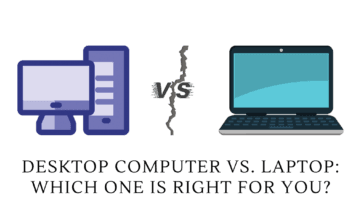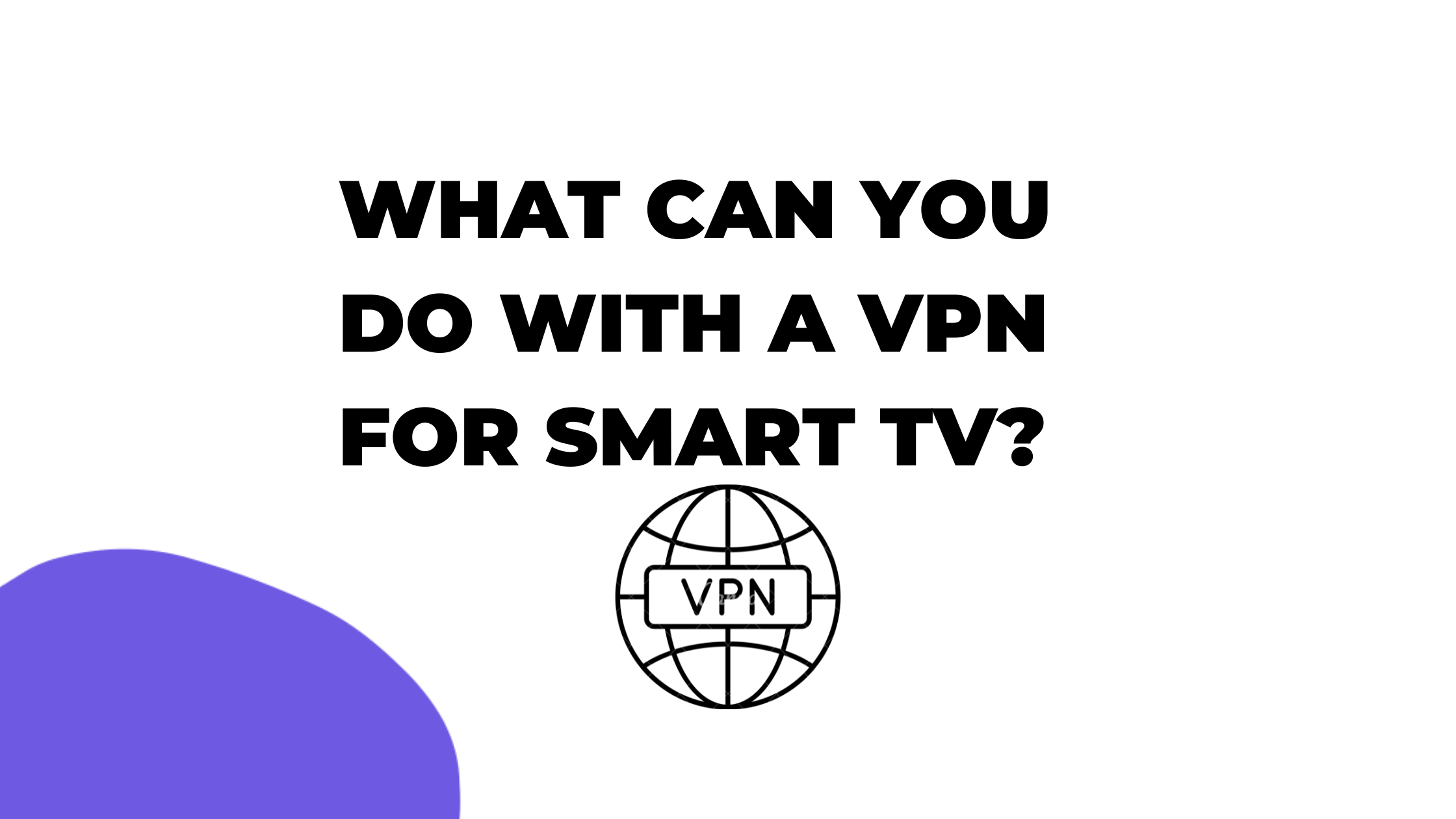1.Working Mechanism of a Smart Home Automation App
If simply put, at large, a smart home automation app works as a control center from where all devices bounded within a house may be controlled. Such applications enable a user to monitor, manage and even automate the functioning of multiple home devices such as lights, thermostats, security cameras and so much more from anywhere. The working mechanism includes the smooth co-relation of the app with the connected devices for the users to create custom and automated scenarios for better functioning and well-being. For the most part, this mechanism will help create smart home app.
2. Challenges Faced in Smart Home Automation App Development & Solutions
2.1 Compatibility with Devices
Challenge:
Ensuring to make it compatible with different smart devices from different manufacturers can be quite tasking.
Solution:
- Use standardized communication protocols such as Zigbee or Z-Wave to improve the compatibility purposes.
- Make a regular update on the app to ensure its compatibility with the new device and firmware versions.
2.2 Security Issues
Challenge:
Many of these smart home devices normally hand sensitive information, hence insecurity on data breaches and unauthorized access to it.
Solution:
- Strengthen the process of transmitting information through putting in place strong encryption protocols.
- Enabling multi-factor authentication that will assure enhanced security of user’s accounts.
- Revision and upgrade of security protocols should always be done frequently to counter new threats.
2.3 User Experience (UX)
Challenge:
A seamless and self-explanatory user experience to gain easy adoption and satisfaction.
Solution:
- Understand preferences and pain points through thorough user research.
- Keep the interface simple and intuitive along with clear navigation.
- Provide user-friendly tutorials and documentation.
2.4 Data Management
Challenge:
Smart home apps generate, collect and process bulk data that raise the issue of storage and privacy.
Solution:
- Utilize data anonymization and encryption techniques to safeguard the users’ privacy.
- Communicate every data usage with regard to the stored data as well as request consent from the user.
- Audit on regularly stored data as well as disposal of irrelevant data to ensure efficient storage.
2.5 Regulatory Compliance
Challenge:
It can be a little complex for users to comply with several regulations of data protection and privacy like GDPR.
Solution:
- Keep tracking the relevant legislations and keep renovating the app accordingly.
- Ask people to opt various add-ons and features, keeping in mind the compliance with the demands of GDPR.
- Work closely with law professionals to ensure meeting up the requirements.
2.6 Interoperability and Connectivity
Challenge:
Reliable connectivity has the challenge of obtaining seamless interoperability between devices from different manufacturers.
Solution:
- Adoption of well-accepted communication standards like MQTT and CoAP.
- Compatibility work with device manufacturers.
- End-to-end testing with a variety of device configurations extensively.
2.7 Regular Updates and Maintenance
Challenge:
Smart home ecosystems are evolving quickly, demanding to be continuously updated and maintained for optimal functioning of a system.
Solution:
- Automated update mechanisms in place to deliver patches and new features.
- Monitoring feedback from users should be done and issues attended within regular maintenance updates.
- The process of updating must be as much friendly-user as possible in order to ensure the users keep up to date.
When it comes to deploying smart home solutions, Indeema is a trusted partner. Indeema company has a wealth of experience, a track record of success, and a commitment to innovation. The company’s dedication to providing new Internet of Things (IoT) solutions makes it a reliable partner for individuals and enterprises seeking to leverage smart home technologies.
Conclusion
Developing a home automation app for smart homes poses several issues to consider as smart home app development challenges themselves. From the compatibility and security of devices to providing the best user experiences and responsibly handling data among many others making the makers have to tread very cautiously so that they do not fall into the pitfalls of a complex landscape blossoming with possibly dark faces. However, overcoming these issues with automation can be achieved if best practices are adopted, industry standards followed through, and a commitment to user feedback enacted upon. We hope you found the tips on building smart home app useful.
Future smart home automation will rely on how flexible developers can adapt to new and still emerging technologies, foreseeing security concerns in advance as well as giving the user a seamless, intuitive experience. The role that is played by home automation app developers is crucial in shaping the future of connected living, more so with the growing industry that keeps on advancing state-of-the-art solutions that enhance good living by boosting convenience, security as well as improving quality of life to consumers.







